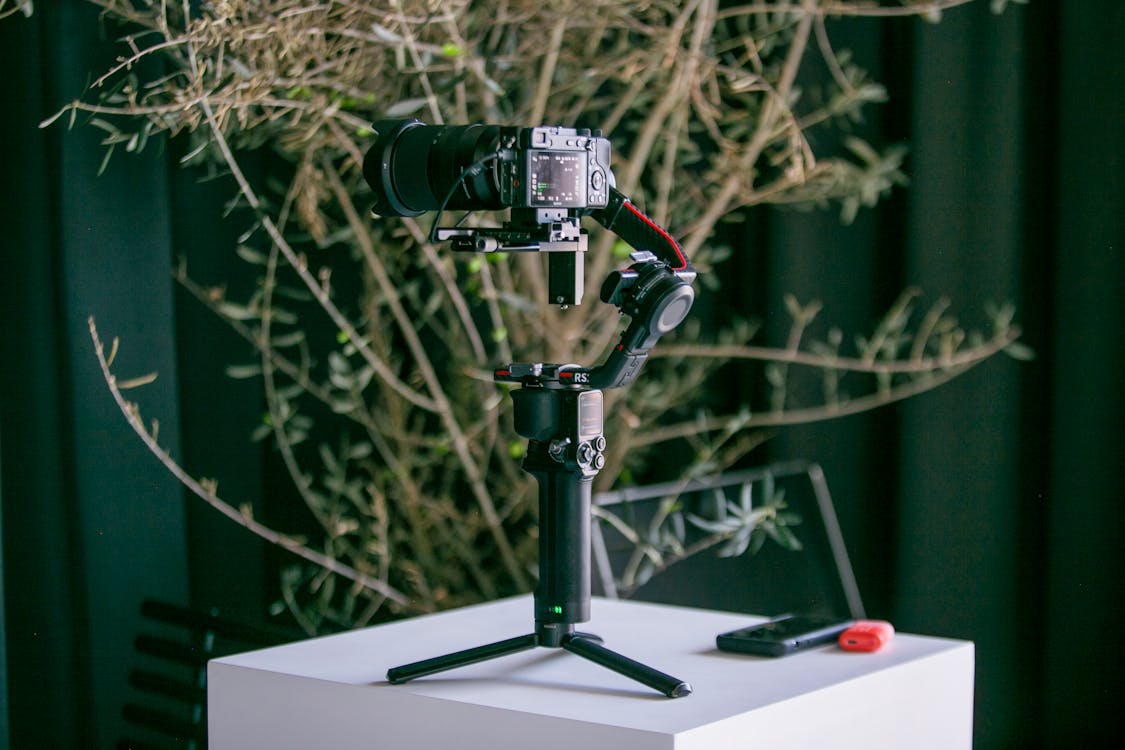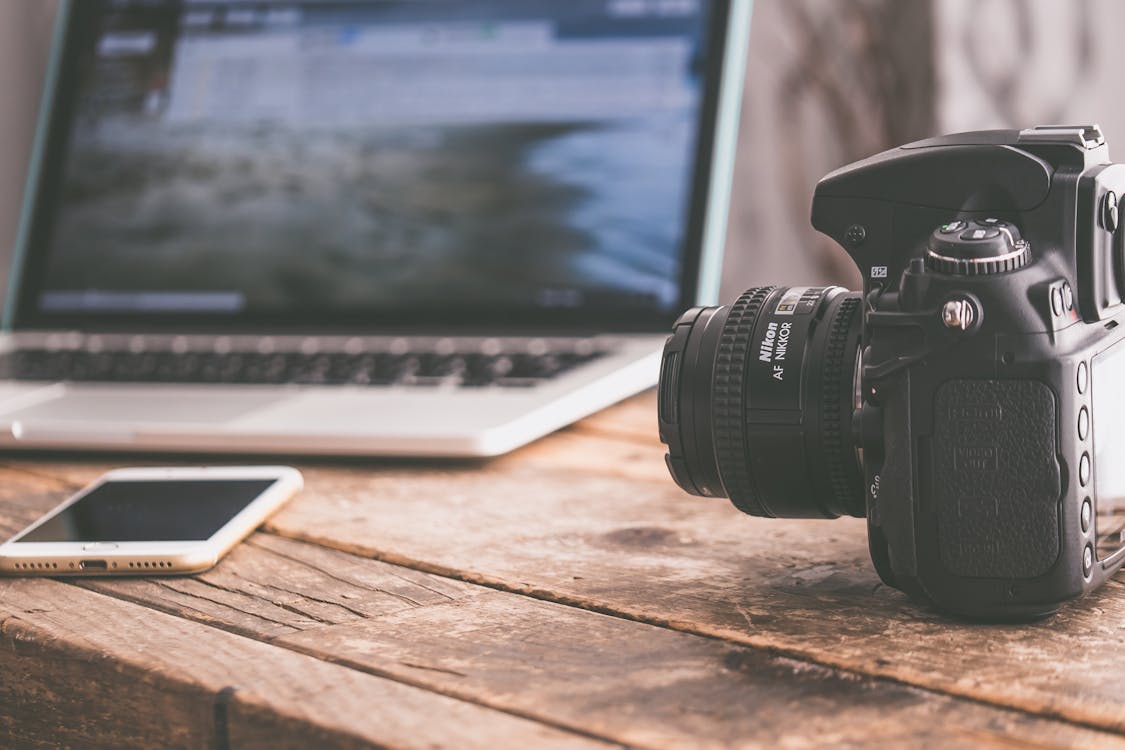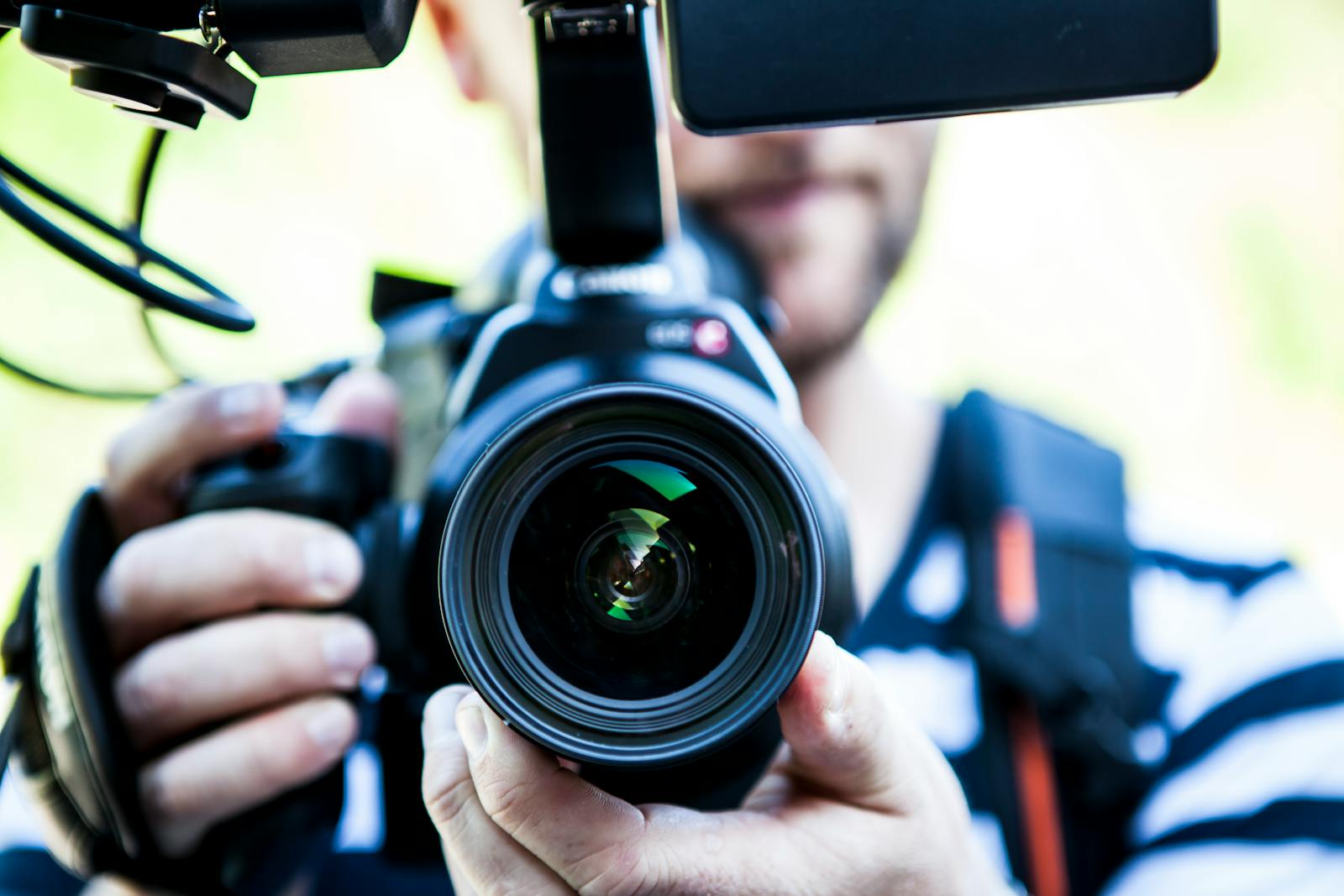Colour grading is one way to improve the appearance of your footage as well as serve your storytelling vision. That’s why many wedding filmmakers, editors, and colourists who are working on a film use Look Up Tables, or LUTs, to save colour grades as templates to help speed up the process. Our wedding videography experts will have you know you don’t need to be working on a film to use LUTs to help personalise and brand your videos. If you’re wondering how you can get started with colour grading to speed up your workflow and produce better looking footage for your business, we’ve certainly got you covered. The wedding cinematographers and wedding filmmakers at our wedding videography company have explained everything you need to know about what a video LUT is…

The term “Look Up Table” sounds a bit mathematical – and we suppose in a sense it is! Every digital image is made up of pixels, and each pixel is made up of colours. A LUT is like a spreadsheet that accounts for every possible colour an image can have and says one colour should actually look like another colour. To put it simply, LUTs are like a filter, but more accurately, a colour-grade-preset for your footage.

LUTs are used in a couple of different ways , so our wedding cinematographers have broken it all down for you…
One type of LUT is a “creative LUT,” and this is used to add a specific look to your footage. The colours shift after it’s applied to the footage. An example of a creative LUT could be where the blues are pushed to a cyan, and the shadows are pushed from being black to slightly cyan as well.
Another use of LUTs is to convert flat, desaturated footage back into a typical colour space. This is referred to as a “conversion LUT.” Many cameras can shoot in flat colour profiles, which is often called LOG. These colour profiles look fairly bland as raw footage, but what’s happening behind the scenes is absolutely magical. Amazingly, when you shoot in LOG, your camera is capturing even more colour information and latitude than you would with a normal colour profile.

All of this extra information enables you to fine tune your footage in post. With LOG, you can push and pull your colour grade much further than with a default colour profile. That means if something was over-exposed, under-exposed, or if you have a high-contrast shot, LOG footage will give you much more flexibility in post.